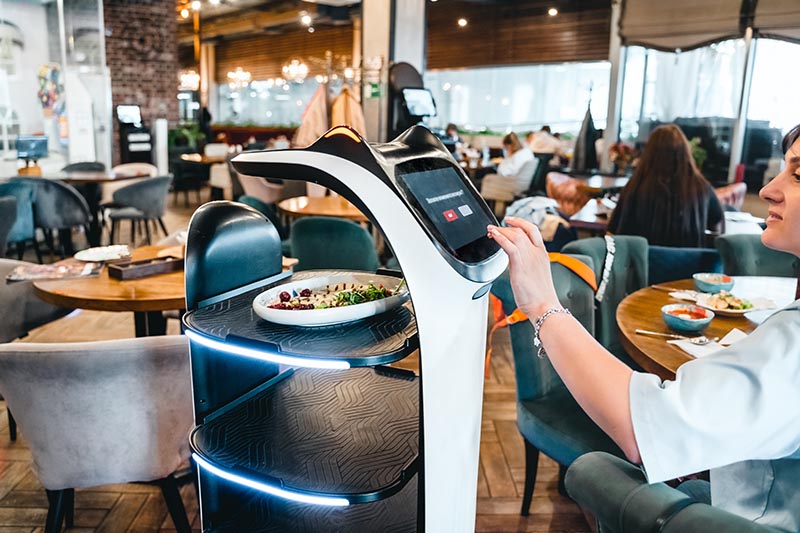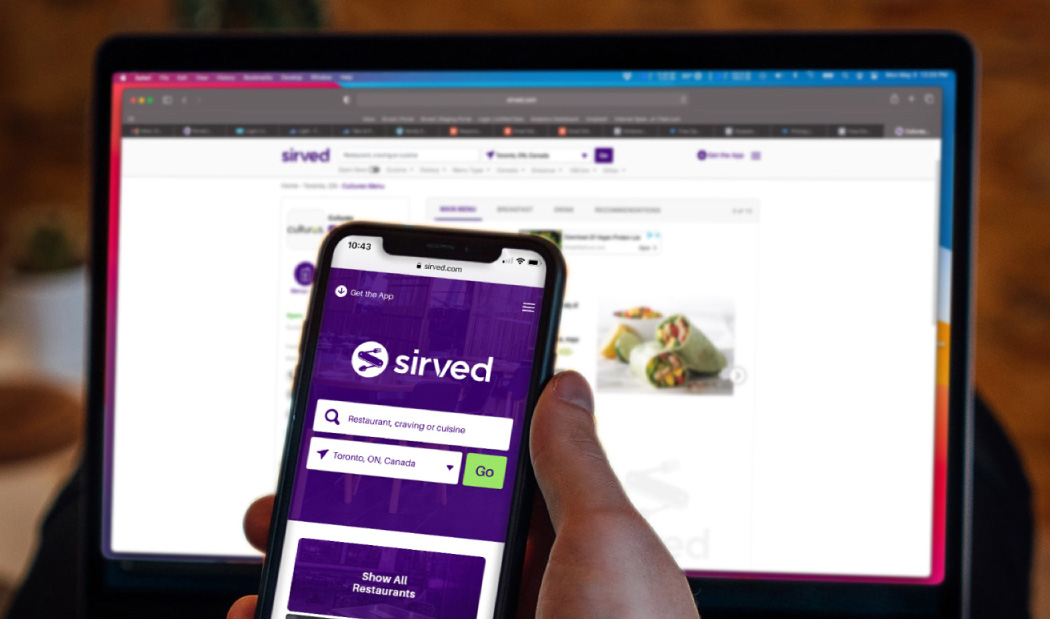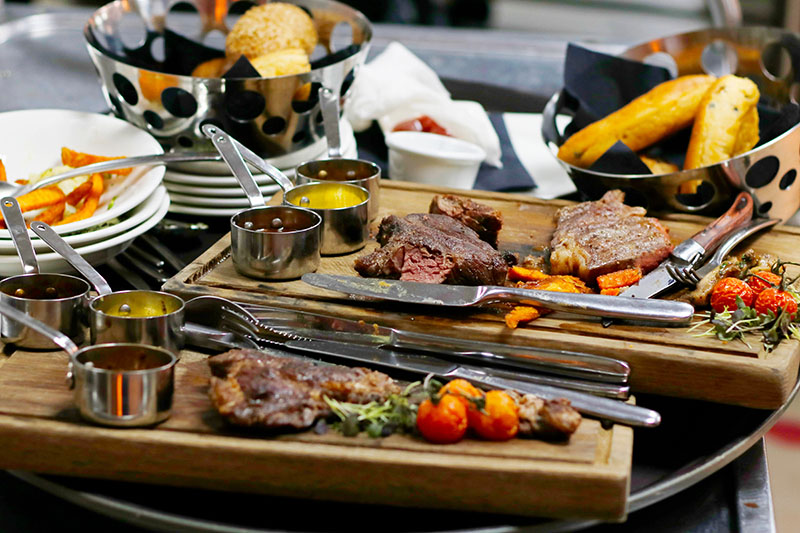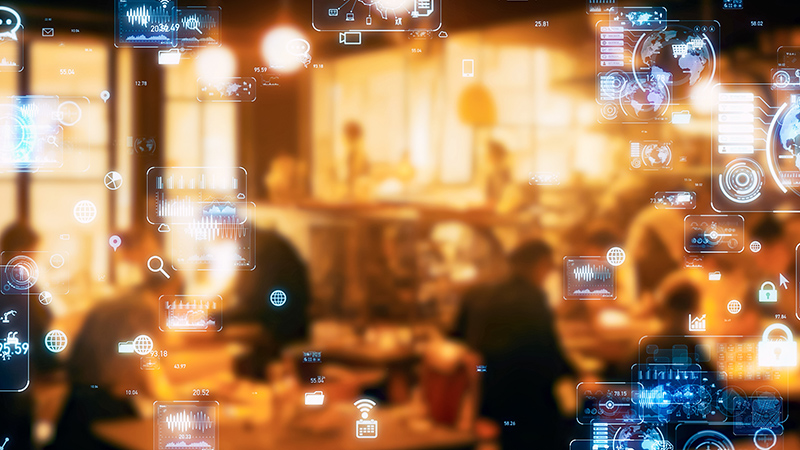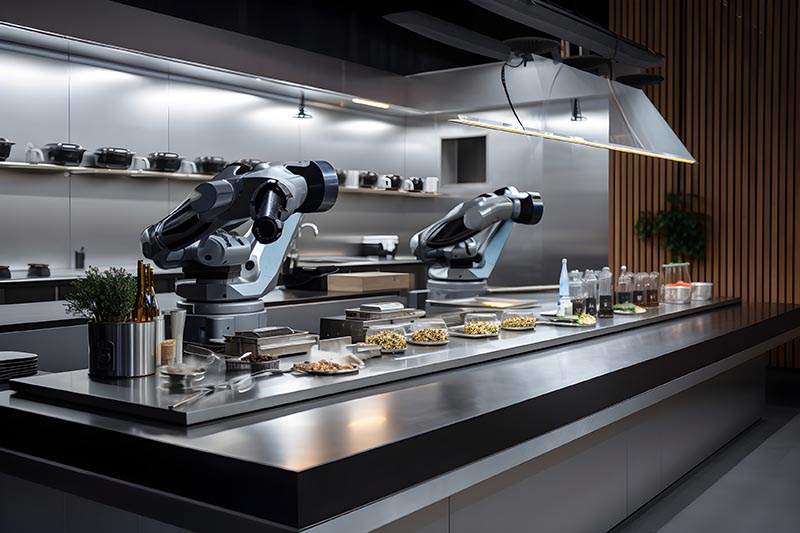
Automated Restaurants: The Future of Dining Experience?
Introduction To Automated Restaurants: The Evolution of the Dining: From Traditional to Tech-Driven
As the world evolves to become more automated and technically inclined, this poses the question of whether automated restaurants are on their way and the impact they’ll have on the restaurant industry. To answer this important question, we’ve done some research and put our findings together in this article for you.
It’s clear that the food industry is keeping up with modern advances in technology. The need for quick and efficient restaurants has become one of the leading priorities. By automating certain tasks in the business, people can eliminate menial tasks or optimize others in order for the business to run smoother. This means that human errors and mistakes may be fewer due to the efficiency of robotics and AI-led programs. But is this a good thing? Let’s find out.
Technological Innovations in Restaurant Automation: Robotics, AI, and the Modern Kitchen
Modern kitchens and restaurants now incorporate automated features and systems to help increase efficiency and reduce labor costs. Having an automated restaurant system, such as a booking feature or doing stocktake, can help businesses thrive in today’s fast-paced climate.
Contactless communication for ordering meals or even having robotics deliver food to customers in the dining room (no, these aren’t the kind you see in the movies) are also used to help clean/sweep the restaurant, help with food prep, and automate the order systems for many fast-food restaurants.
Benefits Of Automation in the Food Industry: Efficiency, Accuracy, and the Customer Experience
There are already many technological innovations that stand out in the industry. Automation in restaurants, especially in the fast-food industry, benefits both the customer and the business.
A common innovation in many fast-food restaurants, such as McDonald’s, is self-service or automated ordering. Using an automated service, kitchens can quickly receive an order, leading to faster meal delivery times for bellies.
Automated delivery services can also benefit many takeaways as you eliminate the extra costs of hiring and using delivery drivers. The Starship Autonomous Robot Delivery in San Francisco is an excellent example of how a restaurant’s automated delivery system can work. The Starship delivery robot lets people order groceries or meals from selected outlets and then uses the robot to deliver the items to the selected destination.
A recent study by the IFBTA was done on the benefits of using AI in the restaurant industry. The key takeaways? AI can help contain costs, reduce errors, allow for more fluid orders, improve guest service, and help market the restaurant to potential guests.

Challenges and Considerations: Balancing Tech and the Human Touch
To many people, cuisine and the process of making food is an art form that requires a human touch, giving the dish character and “soul.”
Take the automotive industry as an example. Automated factories can replicate the same vehicle thousands of times, which leads to excellent, uniform quality, but the vehicles are not unique. A coach-built or custom vehicle has extra attention to detail that no machine can replicate.
A fully automated restaurant may be efficient and cost-effective, but the dishes and atmosphere of an automated restaurant will lack the “show” of a traditional human-run restaurant. That is why some businesses may consider only having a mix of restaurant automation systems that do not completely remove that personal touch from dining out. This hybrid structure is the best of both worlds. By using a fully automated restaurant administrative system, the staff can concentrate on the cuisine and preparations instead of taking the time to do stocktake.
A hybrid automated restaurant may not reduce the number of staff needed to run the restaurant, but it will reduce the amount of work that needs to be done by everyone. This will reduce labor costs by lessening the amount of work hours needed to run the restaurant.
A massive challenge for a fully automated restaurant is the customers. They are, after all, who restaurants cater to. In truth, some guests may not feel comfortable in a fully automated restaurant.
One of the biggest challenges is the high risk or potential of many people losing their jobs to automated systems. This study by the International Labor Organization suggests that in the Asian markets, 624,000 people risk losing their jobs to automated restaurant systems, which means the U.S. is likely to experience the same trend.
Case Studies: Successful Fully Automated Restaurants: Examples from Around the World
A study by Deloitte explores how fully automated restaurants can help many companies increase revenue and expand their business, as well as what customers think about the tech. The customer feedback stated in the study says that 79% of them view automated systems in restaurants in high regard.
Below are five different examples of successful, fully automated restaurants and how well they are perceived.
- Little Caesars/Zume Pizza
The pizza brand Little Caesars has a patent for an automated pizza maker that turns the process of making a pizza into an assembly with the robotic arm moving the pizza from station to station.
The robot can pull a piece of dough off the shelf, press the dough into the shape of a round pizza base, and load the sauces onto the pizza base. It can also add the toppings onto the pizza and put it into the oven.
There have been experiments using the robot with Zume Pizza in San Francisco, with five of these robots operating the takeaway kitchen.

- Sweetgreen
The salad and smoothie restaurant brand is now testing\using a restaurant automation system that can help with salad preparation. This robotic help is used to help lower wait times and labor costs for this restaurant chain.
Sweetgreen calls it the “Infinite Kitchen” restaurant, as the bulk of the work is done by a property robotic system that can make salads faster and cheaper for the company. The final preparations of the salads are done by a person, and then the customer can collect them.
The CEO and co-founder of Sweetgreen, Jonathan Neman, said this about the “Infinite Kitchen” systems, “We believe that automation will enable us to elevate the quality and integrity of our food while also providing a faster and more convenient experience for our customers and a better, more dynamic job for our team members.”
- Box’d by Paramount
Box’d by Paramount aims to simplify the ordering process so that you do not need to stand in line to get your order. By using the app or the in-store kiosk, you can quickly choose your meal and wait for it.
This works similarly to how most modern takeaway restaurant chains are moving towards. By eliminating the need to stand in queues to order, you eliminate the amount of time it takes for people to get their food.
The automated restaurant system that Box’d uses also eliminates the need for administrative work due to the fact that the orders can be done on the app. This can eliminate the need for tills and the need to staff them.
- Domino’s
The massive Domino’s chain has been pioneering the technology side of fast-food deliveries and takeaways with its innovations. One of the most important innovations that Domino’s has is its digital tracker system, where customers can track their online pizza orders and delivery.
Domino’s also has a partnership with Amazon Alexa and Google Home, which allows customers to order pizza using the AI assistant.

Rome, 17 March 2021: electric scooters for the deliveries of the DOMINO’S PIZZA pizzeria chain. Founded in 1960 by brothers Tom and James Monaghan in Michigan, present in 70 countries around the world
Another important innovation that Domino’s is testing is its autonomous pizza delivery. It works by giving you a code to unlock the golf cart-sized van with your hot pizza in the back. This can help reduce takeaway mishaps, such as deliveries being eaten by someone other than you.
- Costa Coffee
The Costa Coffee chain has an automated coffee kiosk in its American market called the “BaristaBot.” The automated barista can serve up to one million different combinations of coffee flavors using different coffees, syrups, sweeteners, and other ingredients.
The automated kiosk can make up to 100 coffees an hour with little to no interference from staff. This is a great example of how an automated restaurant system can benefit some owners.
Consumer Perspectives on Automated Dining: Acceptance and Expectations of Tech-Enhanced Eating
The acceptance of automated restaurants is still unclear as the technology is still very new. According to this ScienceDirect study, some restaurant customers feel uncomfortable with automated restaurant systems, while others do not mind it.
The study says the automation of the hospitality and restaurant industry can differ depending on the situation. It was noted that there was a more positive attitude toward humanoid robots and that the customer wasn’t alone. Safety in numbers, perhaps?
The Future Outlook: What’s Next for Automation in Restaurants?: Predictions and Potential Developments
New technologies and systems are also always coming out, and as they do, they will improve the quality and efficiency of many restaurants. With the rise of drone deliveries, the next big thing will be localized drone deliveries.
Drone delivery is a cost-effective delivery method because the drone does not need to use roads and streets to navigate to the delivery address.

 blog
blog